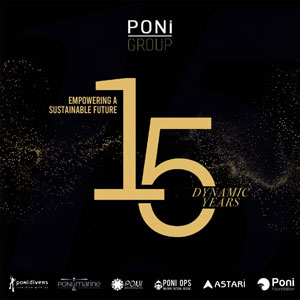Madinah holds profound significance for Muslims worldwide as the burial place of the Prophet Muhammad (pbuh), offering pilgrims a profound sense of spiritual fulfilment and tranquillity.
A visit to Madinah is a journey of reverence and spiritual rejuvenation for practising Muslims, embodying the essence of Islamic faith and devotion. As for Brunei’s intending haj pilgrims, visiting Madinah gives a profoundly memorable journey, such as those on a guided tour to Madinah Al-Munawwarah to enrich their experience prior to embarking on their pilgrimage to Makkah.
During their pilgrimage in Madinah, the travellers passage through its sacred landmarks, each steeped in the rich history of Islam during the time of Prophet Muhammad (pbuh).
Their first stop was Quba Mosque, built by the Prophet (pbuh) himself upon his arrival in the city.
The mosque holds a special significance, as prayers performed here are believed to carry the spiritual rewards akin to those of umrah.
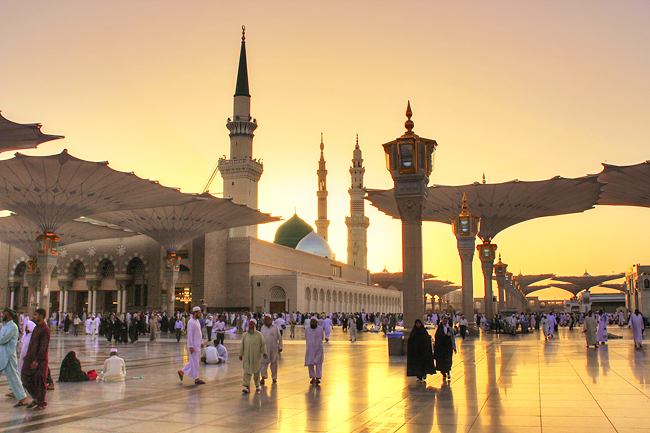
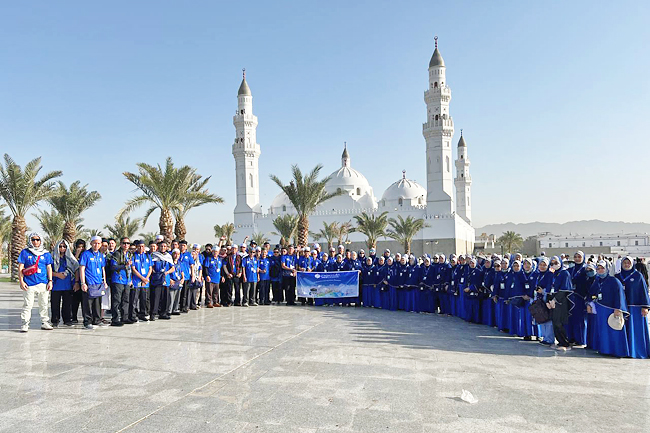
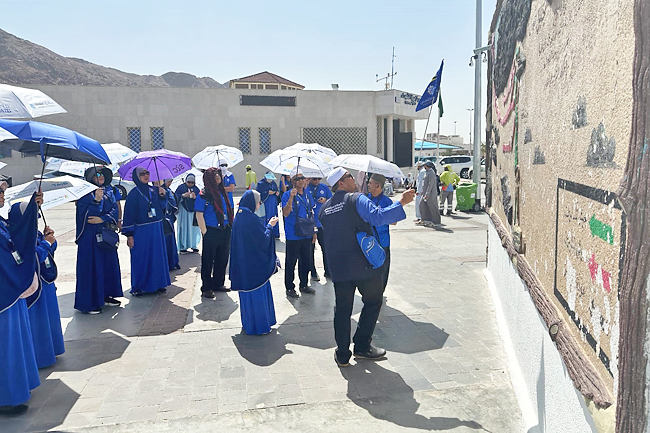
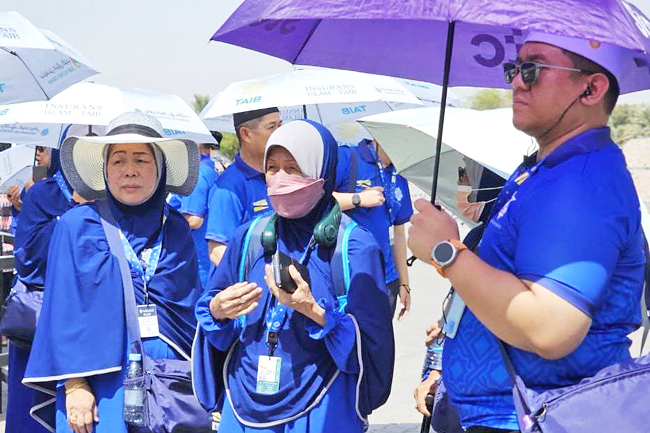
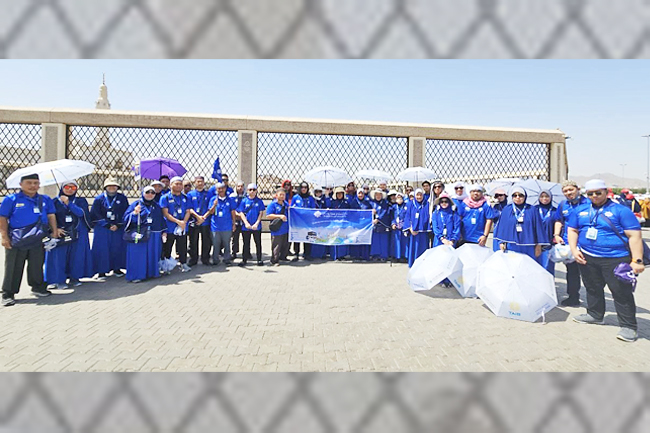
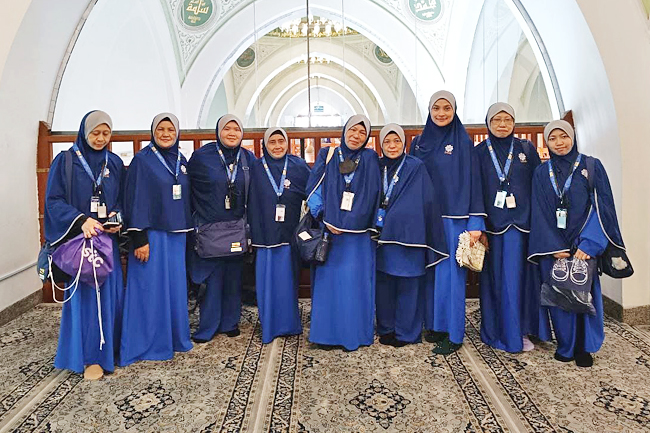

Next, the group visited a date orchard, where the pilgrims immersed themselves in the ancient tradition of Madinah’s date cultivation. Among the dates they encountered was the famed Ajwa date, known as the Prophet’s (pbuh) favourite.
Jabal Uhud (Mount Uhud) was another pivotal site on their itinerary, marking the location of the historic Battle of Uhud. Here, pilgrims ascended the archery hill, retracing the steps of Muslim archers who defended the faith.
They also paid homage at the graves of the martyrs, including Sayyidina Hamzah bin Abdul Mutalib, the Prophet’s (pbuh) beloved uncle.
Jabal Uhud’s significance extends beyond history; it is revered for its spiritual blessings, likened to those received from offering funeral prayers in Madinah and ascribed a place among the mountains of paradise.
In exploring these landmarks, the pilgrims not only connected deeply with their faith but also embraced the cultural and spiritual heritage of Madinah.
Each site they visited resonated with the essence of Islam, offering them a profound sense of reverence and spiritual enrichment on their sacred journey.
At the conclusion of the tour, the group visited Qiblatain Mosque, also known as the Mosque of the Two Qiblas.
The mosque marks the historic moment when the direction of prayer or qiblat was changed from Masjidil Aqsa to Masjidil Haram in Makkah during the month of Sha’ban in the second year after the Prophet (pbuh) migrated to Madinah.
The event is referenced in verse 144 of Surah Al-Baqarah, “We have certainly seen the turning of your face, [O Muhammad], toward the heaven, and We will surely turn you to a qibla with which you will be pleased. So turn your face toward al-Masjid al-Haram. And wherever you [believers] are, turn your faces toward it. Indeed, those who have been given the Scripture will know that it is the truth from their Lord. And Allah the Almighty is not unaware of what they do.”
Before returning to their hotel, the group also visited Tujuh Mosque, the site of the Battle of Khandaq, also known as the Battle of the Trench, which occurred in the month of Syawal in the 5th year of Hijri, corresponding to 627 CE. – Rokiah Mahmud





